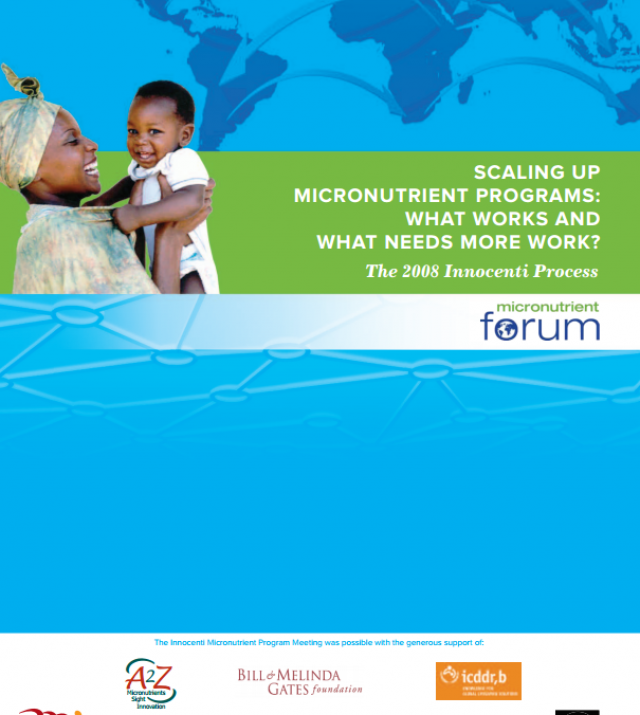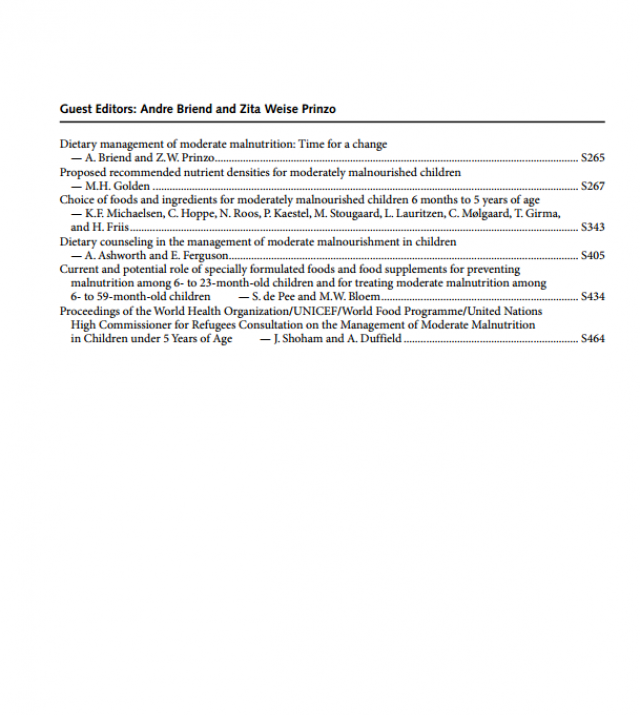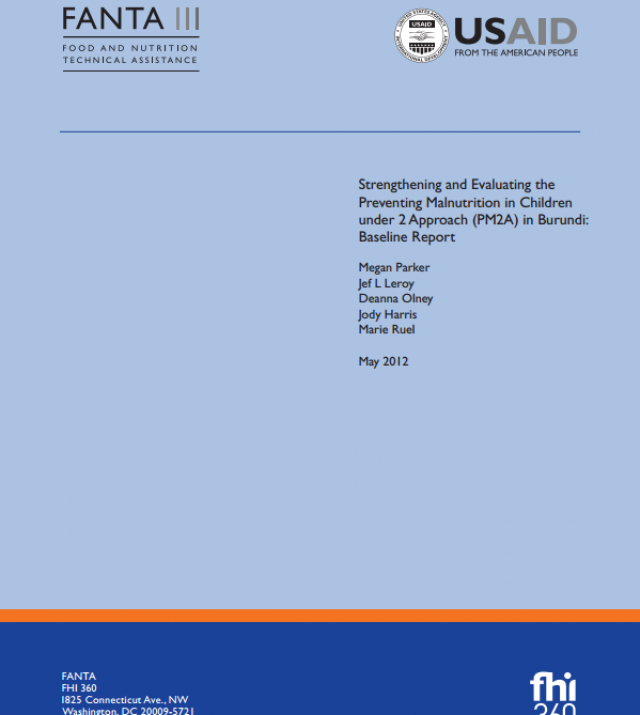
Use of Lipid-Based Nutrient Supplements (LNS) to Improve the Nutrient Adequacy of General Food Distribution Rations for Vulnerable Sub-Groups in Emergency Settings

The focus of this document is the potential role of lipid-based nutrient supplements (LNS) in meeting the nutritional needs of these vulnerable subgroups, with the goal of preventing malnutrition in emergency-affected populations.The document addresses the desired nutritional formulation of LNS for these target groups, taking into account the expected bioavailability of relevant nutrients and toxicity concerns. It also discusses the recommended chemical forms of the fortificants in LNS; stability and shelf-life considerations; production, packaging and distribution of LNS in the context of emergencies; and cost implications of the addition of LNS to current GFD rations for vulnerable groups.
The results indicate that the typical general food distribution (GFD) ration currently provided in emergency settings – based on cereals, pulse, a fortified blended food (FBF) such as corn–soy blend (CSB), oil, salt and sugar – does not meet the nutritional needs of infants and young children and pregnant and lactating women (PLW). The hypothetical intake from a ration composed of food aid commodities (based on the current USAID/USDA specifications for exported food aid commodities used in emergency settings), and including breast milk for children 6–24 months of age, provided less than 75% of the recommended intake for several micronutrients for certain age/physiologic groups, including calcium, iron, zinc, B vitamins such as riboflavin, B6 and B12, and fat-soluble vitamins such as D, E and K. It also generally contained lower than recommended levels of fat and essential fatty acids.

